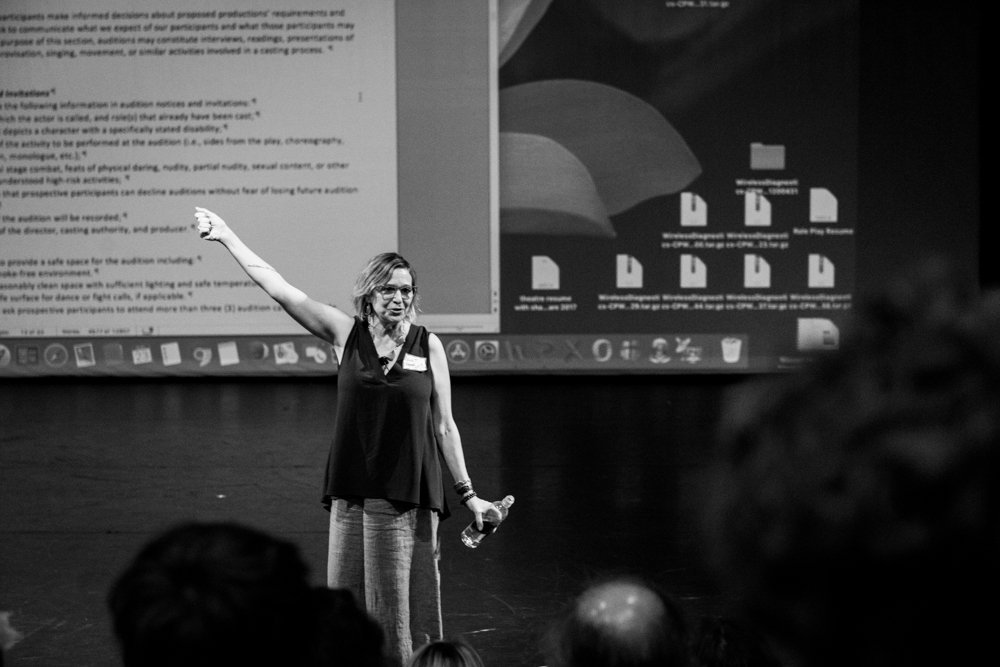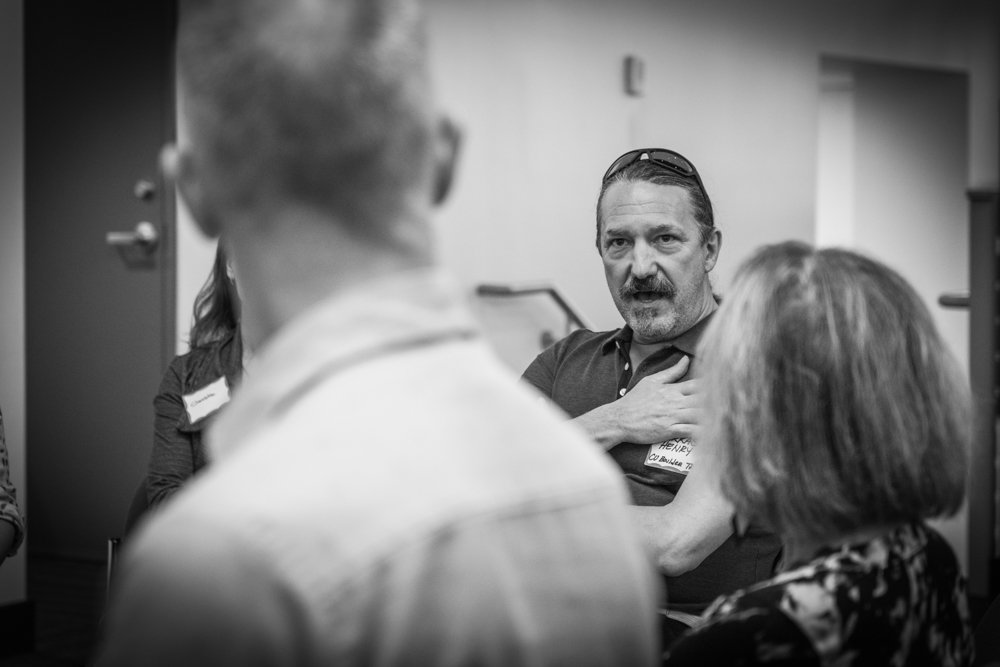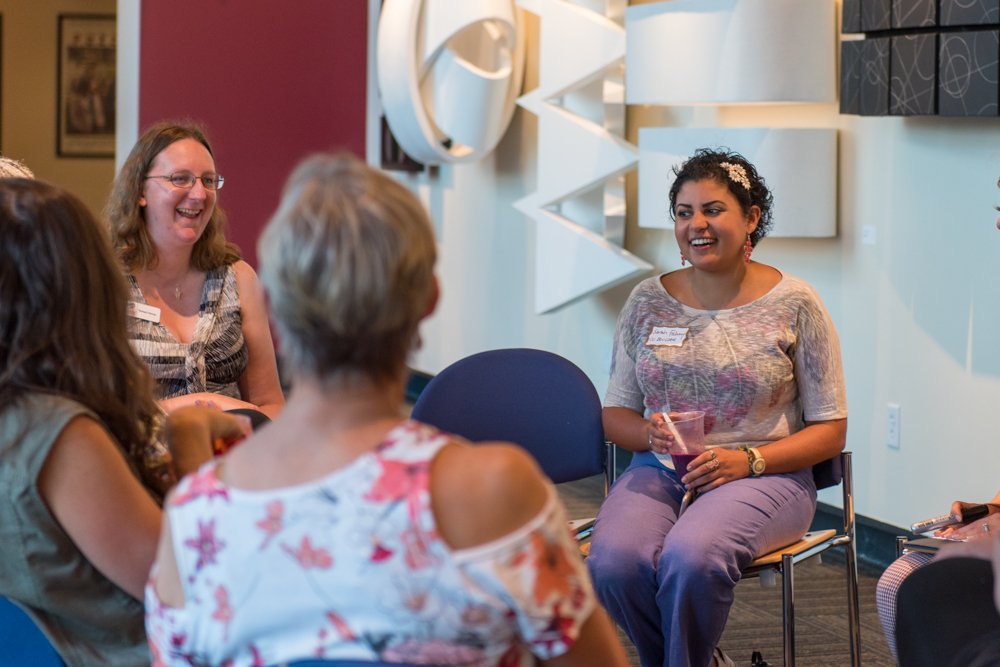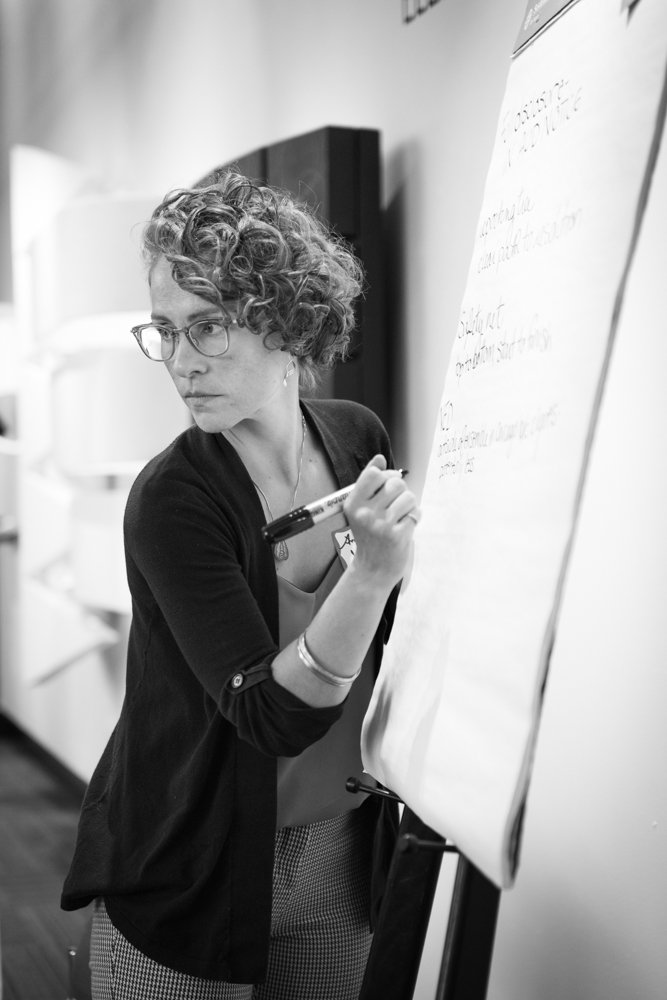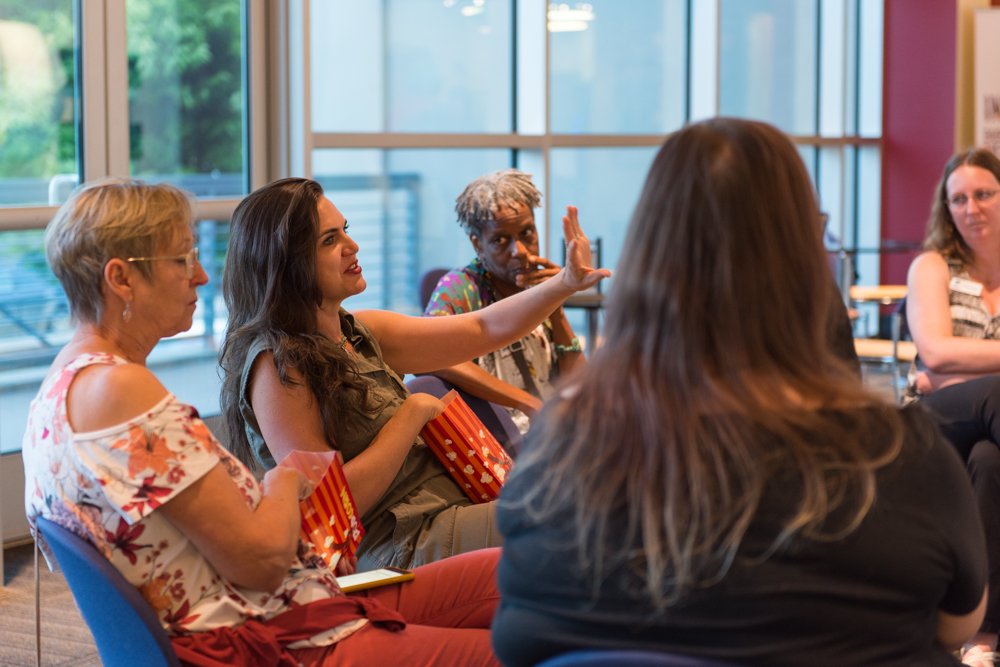Fighting For Change, Together: The Artists Safety Alliance Launch
I have, at various institutions, as either a faculty or as a staff member, had to assist four young artists in reporting assaults to various Human Resources and Title IV offices—within the past year.
I have drawn the following conclusions from these experiences:
As a community, we are failing to teach artists—especially young artists—what resources are available or how to advocate for themselves.
Furthermore, we are failing to teach artists healthy expectations for creative working environments, and how to interact appropriately within them.
Mythologized concepts such as “couch auditions” and “being easy to work with” and the glorification of “getting caught up in the character” rather than collaborating respectfully with scene partners have taken over our industry, and we are imposing these unhealthy ideas on future generations of artists.
As a community, responses to problematic behavior are delayed and reactionary, which leads to potential escalation of these issues and increased trauma of all involved.
Individuals and organizations within our community have their own practices, and this inconsistency leads to uncertainty and fear.
Driven by these experiences and the insight I have gained, I have connected with Tamara Meneghini of Goddess Here Productions and Angela Astle of The Athena Project, and together we have launched the Rocky Mountain Artists Safety Alliance, an organization established to bring together artists from throughout Colorado’s performance community to establish consistent best practices regarding safety in rehearsal in performance.
With representatives from two dozen different producing organizations gathered at Boulder’s Dairy Arts Center, we began to tackle how to disrupt patterns of harm in our industry and in the training of young artists.
We heard from Laura T. Fischer, founder of Chicago’s NOT IN OUR HOUSE movement and the Chicago Theatre Standards. She outlined the process that Chicago storefront theaters participated in to establish the document, the struggles they faced on the way, and her thoughts on how Colorado arts organizations could establish a similar process, rooted in the work that she and other Chicagoans had already established as a foundation.
We broke up into smaller discussion groups to raise questions and concerns about the CTS and about our own community, and we hosted a large group listening forum for these concerns to be raised. After two hours, a committee had been established with the goal of creating a CTS-style document that could apply to both equity regional theaters and small rural performance spaces, to establish consistent best practices that could be implemented throughout the Rocky Mountain region.
There was so much energy and momentum in the room that our conversation spilled out into the lobby and continued for an additional hour and a half beyond our scheduled meeting time! I am so excited to work with these invigorated and concerned artists over the next year as we attempt to craft consistent best practices that can serve our whole Colorado performing artist community.
This effort has been spearheaded and will continue to be led by myself, Tamara Meneghini of CU Boulder, and Angela Astle of The Athena Project, and we welcome the participation of any performing artists working in Colorado or the greater Rocky Mountain Region.

